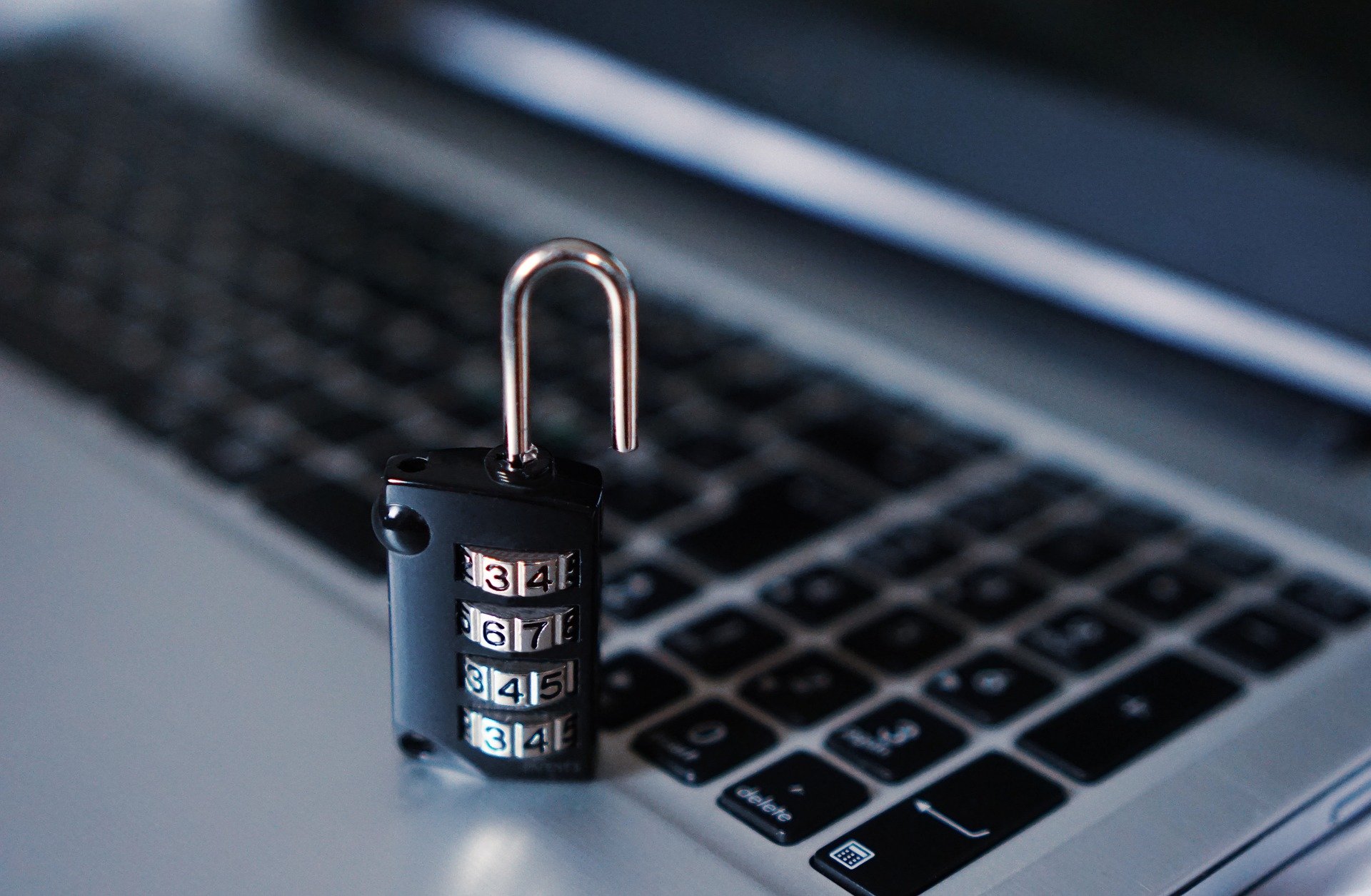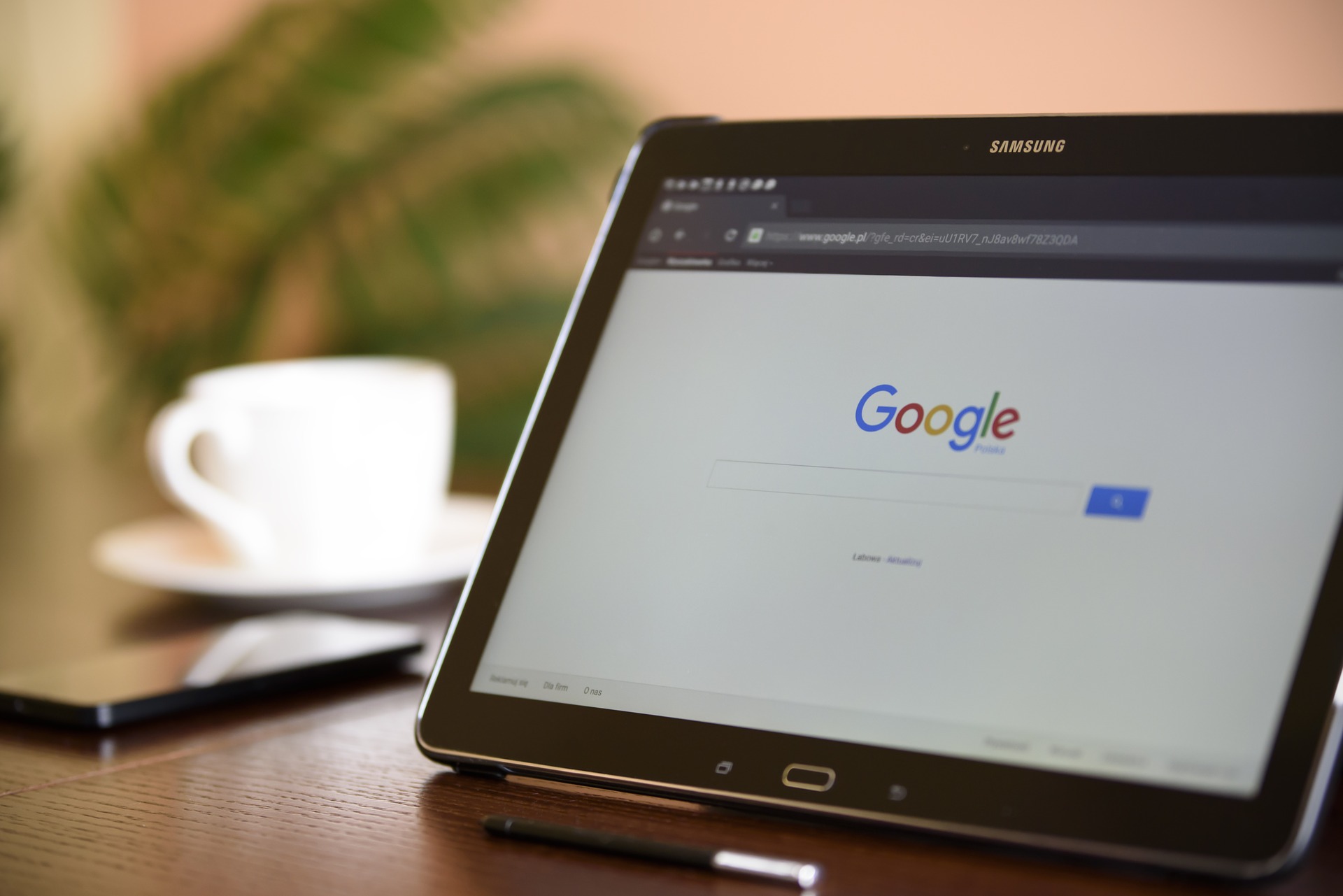What are the new provisions of the April 17, 2019 European Directive on copyright?

The transposition marks a significant step forward in protecting creators and cultural organizations in the digital age. While cultural pieces of work are becoming more and more accessible online, this provision reaffirms the importance of copyright.
Copyright begets fair remuneration of artists and creative enterprises in the member states of the European Union. The Directive’s purpose is to establish a global framework, where intellectual creators, authors, content editors, service providers and users will all be able to benefit from clearer, modernized and adapted rules of the digital era. As such, the Directive aims to ensure that online press publishers and authors/artists receive better renumeration – especially when leading platforms such as Google News or Youtube use their work. The adoption of this Directive is the result of negotiations that lasted more than two years.
What are the new provisions of the Directive?
The Directive aims at modernizing the European Union copyright law, taking into account the increase in digital and cross-border uses of protected content. This directive mainly provides:
1) measures to adapt certain exceptions and limitations to the digital and cross-border environment, among which are exceptions concerning:
– text and data mining (TDM exception),
– the use of works in digital and cross-border teaching activities, in particular the accessibility needs of people with disabilities, and
– conservation of cultural heritage;
2) measures to improve licensing practices and ensure more extensive access to content, which consist of harmonized rules facilitating:
– the exploitation of works that are not commercially available,
– the extension of collective licensing contracts by collective management organizations to rightsholders who have neither authorized nor excluded the application of these mechanisms to their works,
– the negotiation of agreements to make works available on video-on-demand platforms (VoD platforms), and
– entry into the public domain reproduction of works of visual art at the end of the initial term of protection; and
3) measures to ensure fair market practices with respect to copyright, liability of content sharing platforms, and contracts for the remuneration of authors and performers.
Similarly, Article 15 of the said Directive creates a new neighbouring right for press publishers. Remember, neighbouring rights are exclusive rights, more recent than copyright, and are exercised independently of the latter. They were born from the need to make the auxiliaries of creation benefit from making their works available to the public. Finally, article 17 (ex-article 13) created a liability regime adapted for internet content sharing platforms, while establishing a new exception for the monopoly of rightsholders.
What are the new obligations of content-sharing platforms?
The targeted main players (Title IV of the Directive) are platforms for mass sharing of copyright and related rights protected content – such as such as Google, YouTube, Dailymotion, or Facebook. The Directive more precisely defines it as:
“The provider of an information-focused service, whose main objective or one of its main objectives is to store and give the public access to a significant quantity of copyrighted works or other protected subject matter that has been uploaded by its users, which it organizes and promotes for profit.”
There are cumulative criteria that determine their obligations. Platforms that have been active for less than three years and have an annual turnover of fewer than 10 million euros will be subject to reduced obligations. On the other hand, platforms exceeding this limit will be subject to a proactive obligation provided for by the Directive regarding works distributed without authorization. The Directive excludes from the liability regime non-profit online encyclopedias such as Wikipedia, non-profit educational and scientific directories, open-source software platforms, online marketplaces like Amazon, Cdiscount or eBay, and individual cloud storage services with no direct access to the public. With regard to the regime applicable to content sharing platforms falling within the above-mentioned scope, the most important thing is to have the rightsholders’ authorization, which allows copyrighted work to be available to the public through, for example, a license agreement.
Can platforms be exonerated from liability?
Platforms may be exonerated from liability if it meets the following three cumulative conditions:
– That it has “made its best efforts” to obtain permission from the rightsholder to release the work to the public,
– That it has “made its best efforts” “in accordance with high industry standards of professional diligence” to ensure the unavailability of the copyrighted work once the unauthorized communication of it has been reported by the rightsholder by means of “relevant and necessary information,“
– That it acted promptly to withdraw or block access to the work upon receipt of “sufficiently motivated” notification from the rightsholder.
Finally, the platforms must be transparent towards rightsholders about the measures taken within their area of responsibility. This Directive gives certain platforms greater responsibility for the content they publish. Meanwhile, the liability system for online selling platforms, where counterfeits abound, will not change. Their status as host or publisher will always determine their liability regime.
In France, in addition to the debates surrounding compliance with the Intellectual Property Code, it will be interesting to see to the court’s decisions in the months to come.
We are a law firm with a unique expertise in the exploitation of intangible assets. We keep you updated on issues related to intellectual property and the digital economy through articles written by the Dreyfus legal team.
About this topic…
♦ Webinar – Maîtrisez vos marques, noms de domaine, droits d’auteur, logiciels
♦ The « Copyright in the Digital Single Market » Directive: transposition is on the way!










